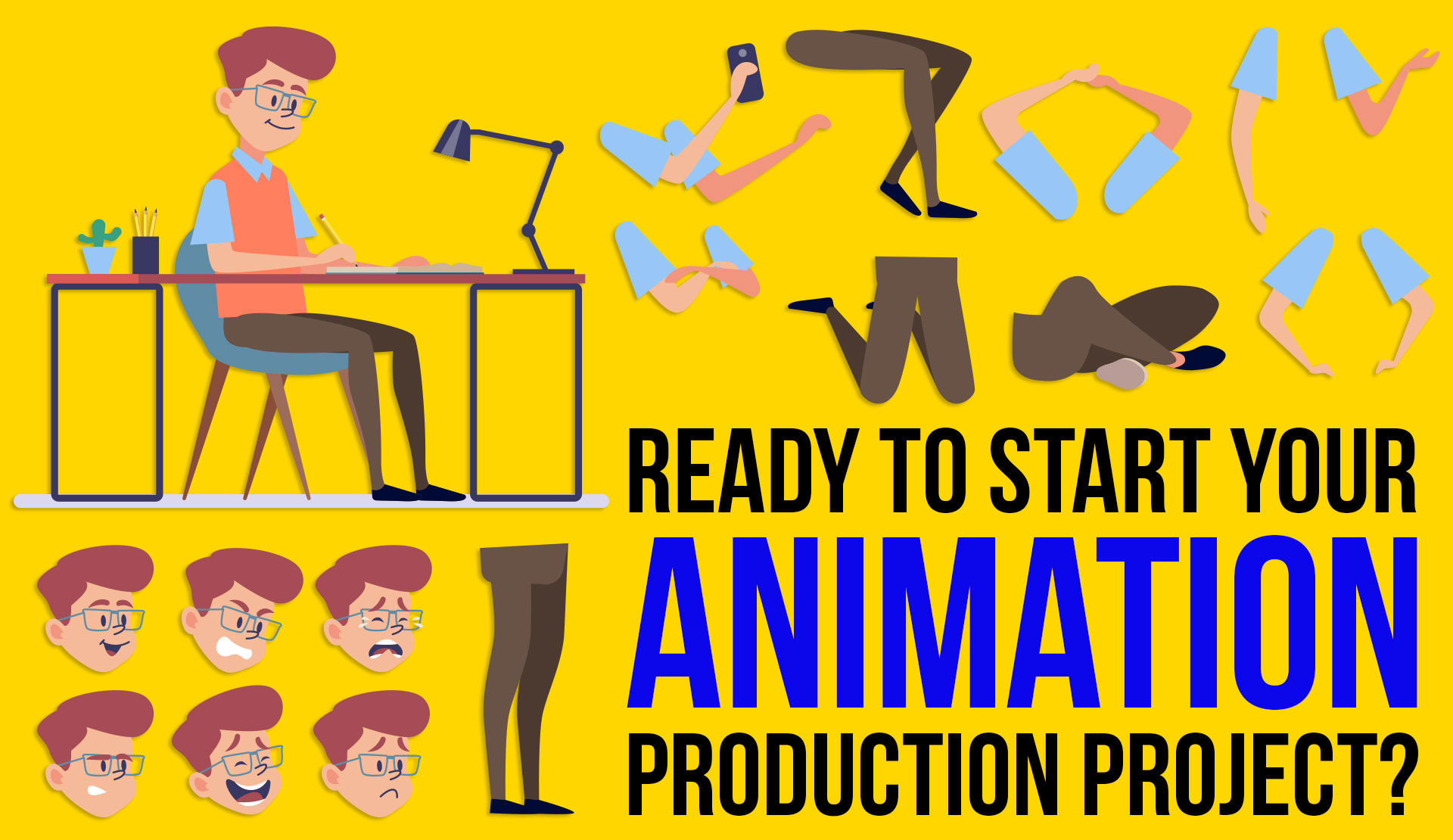
Below are 8 Steps Pre-Production Checklist For the Best Results
So, you’ve decided to take on an animated project. That’s great news! Below are 8 essential tips for any creator to check off before they hit the “Publish” button.
1. Be the leader and take control of your production.
This point is #1 for us as it’s the #1 thing that kills projects. No leader, no progress. Having the desire to make a project is fantastic but you must ensure you have time to lead the project before jumping in. Know that any project will take a good part of a year or more to complete. Then see what’s happening in your life for that foreseeable timeframe. Are you getting married, travelling out of the country for an extended period (no problem if you can continue to work/lead your project), or will crunch time kick in at work? It would be best if you were engaged and had the time or it won’t work. No one’s going to work if no leader is driving the ship. If the craft has no captain the crew bails and it’s much harder to re-engage them to return.
2. Set yourself up for success by having an attainable goal.
Treat your project as a learning experience, not as the ultimate piece of a lifetime. Epic long productions take a toll on everyone. Do something that takes 12 months or less and keep everyone motivated. “What can I get done in 12 months?” If you’re doing a 3D project, I’d say no more than a minute. You’ll find it doesn’t run as smoothly with volunteer projects as paid, professional gigs. If you have a budget, then this process and expectation can be increased per your budget and time demands. If you’re doing a 2D-based project, you can expect more but know that 2D animators are hard to come by and again, if you have a budget, will be much more willing to treat this as a freelance gig and give it their all. 2D takes fewer people in general than full-fledged 3D does.
3. Inspire others to join your project via a pitch video.
A pitch video is not an animatic video playing your piece or a demo game. It’s meant to tell people in your words what you are attempting to accomplish, why you need their help and why they should join your project. It is your chance to show people who you are, your passion and who they will work with. Finally, a pitch video allows you to check in with yourself and ensure your ideas, motivation, and drive are right. If you can’t, or don’t want to make a pitch video, perhaps you shouldn’t tackle doing an animated project.
4. Preparing your project to get people interested.
If you are not a concept designer, we encourage you to work with one to create at least one nice piece which you can use for the cover image of your project. Consider having a budget for this too. If your project means that much to you and you want to attract talent to it, investing some money into it upfront makes sense. If you can get more than one great image that represents your project, then use it in the description of your project overview.
Don’t skimp here. Write up what your project is about. Use paragraphs with headers. Use Bold text to separate each paragraph so it’s appealing and clear to read. So many people skimp here, and the problem is that people just pass your project right on by. If you don’t show much enthusiasm for your project, then they will not care to give it a second look. When you get people onto your Project Overview you want them to click the “apply” button. Don’t expect to get inquiries if your project is lacking. Put 30 minutes of effort into your project description and it’ll go a LONG way.
6. Be realistic with what your project needs at this moment.
Your project will naturally flow in stages. Don’t ask for every position you’ll need for this project when you publish your project. We recommend 5 – 6 open positions at any given time. This allows you to keep your active team small and engaged. If you have 20 – 50 people on your project, it’s inevitable that the majority of them are not doing anything. If you run your project in stages it means that, by the end, you may have 60 people who have worked on your project, but some of them worked on it some time back and rolled off as you went onto the next stage of production.
7. Set clear expectations for your team production members.
Etiquette for team members is to know how much time you expect from them per week. 10 hours is the max you can ask for someone on a volunteer project. Go up from there if your project is paid.
8. Hold weekly team meetings to keep your team engaged.
Live, video conference meetings should happen weekly with your team. There are many great apps/sites you can use to find a good time to meet with your team. Weekly meetings are good to keep people engaged but, more importantly, they give you a timebox in which to plan things. “By next week I’d like X complete, can you commit to that?” When people commit, they are more likely to get it done and this keeps progress flowing. If you have to skip a meeting, which should be the rare exception, you should still have it and appoint someone on the team to lead it; the CG Supervisor, or the producer, should you have one.